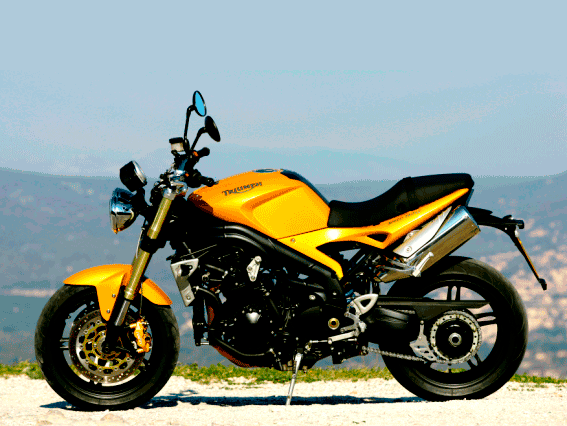This technical article presents a simulation process to analyze fatigue in electronic parts, particularly in solder joints, on printed circuit boards (PCBs).
There are three core technologies in the process:
By applying a single frequency response analysis to the FE model of an electronic component containing the substitute FE models, and conducting static analyses of all the solder-joint sub-models, the vibrational solder-joint fatigue can be efficiently calculated in FEMFAT spectral, where the section forces in the pins of the electronic devices are mapped onto the sub-models and scaled by a power spectral density to calculate the damage in all solder joints.
Read the article
CASE STUDY
The advent of the Naked Motorcycle has changed the way we look at motorcycle parts: they now also need to be aesthetically pleasing because they are mostly visible to the naked eye.
automotive magma metal-process-simulation rail-transport